View all Standards for Alberta, Canada
7 demonstrate understanding of basic functions of lighting control systems
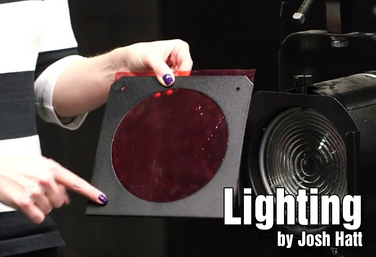
Part of the Technical Theatre Mini Units Curriculum
Lighting
by Josh Hatt

Part of the Technical Theatre Mini Units Curriculum
Culminating Project
by Josh Hatt
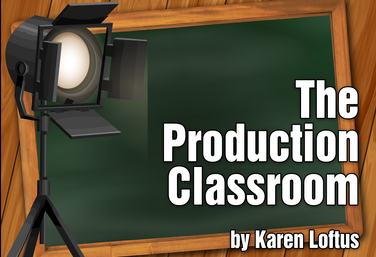
Part of the Production Classroom Units Curriculum
Production Classroom Units Overview
by Karen Loftus

Part of the Production Classroom Units Curriculum
Part One - Pre-Production
by Karen Loftus

Part of the Production Classroom Units Curriculum
Part Two - Rehearsal and Performance
by Karen Loftus

Part of the Production Classroom Units Curriculum
Part Two - Documents
by Karen Loftus

Part of the Production Classroom Units Curriculum
Part Three - Reflection and Assessment
by Karen Loftus
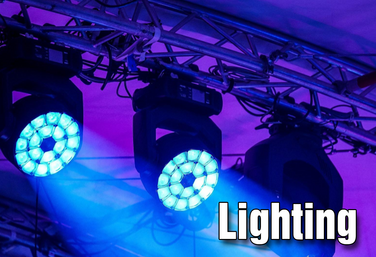
Part of the Stagecraft Without a Theatre Curriculum
Lighting
by Karen Loftus, Josh Hatt, and Kerry Hishon

Part of the Stagecraft Without a Theatre Curriculum
Culminating Project
by Karen Loftus
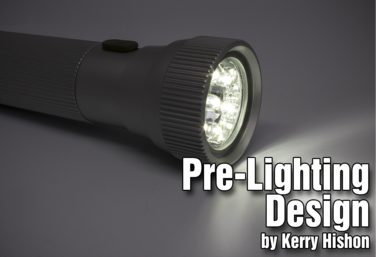
Pre-Lighting Design
by Kerry Hishon
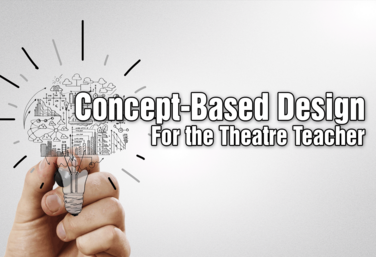
Concept-Based Design for the Theatre Teacher
by Matt Webster
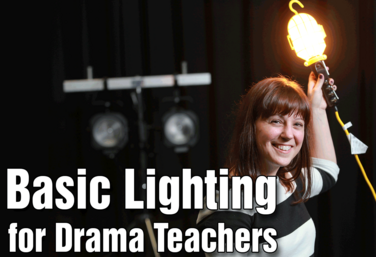
Basic Lighting for Drama Teachers
by Claire Broome

The Production Classroom
by Karen Loftus
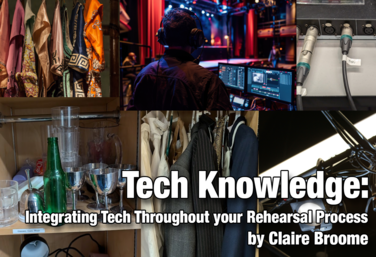
Tech Knowledge: Integrating Tech Throughout Your Rehearsal Process
by Claire Broome
View all Standards for Alberta, Canada Standards Master List